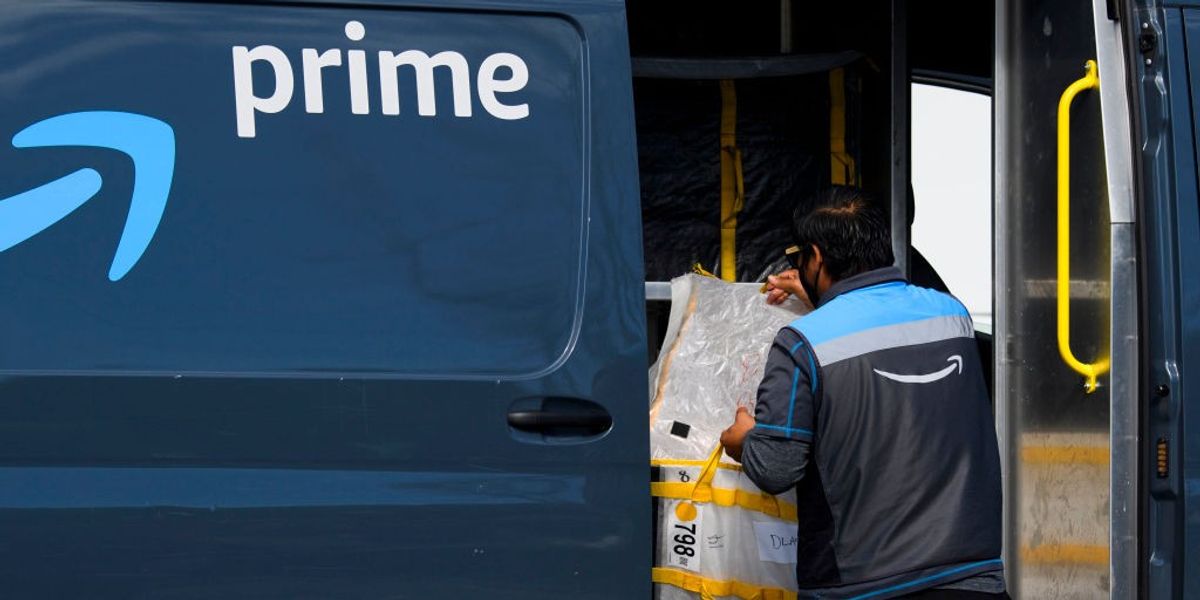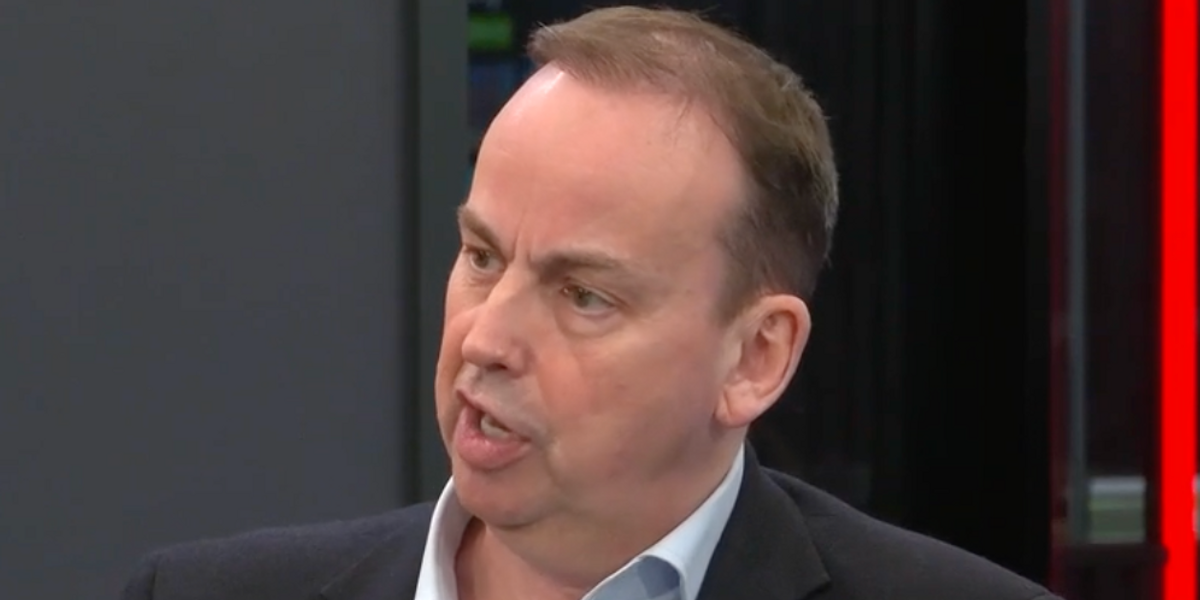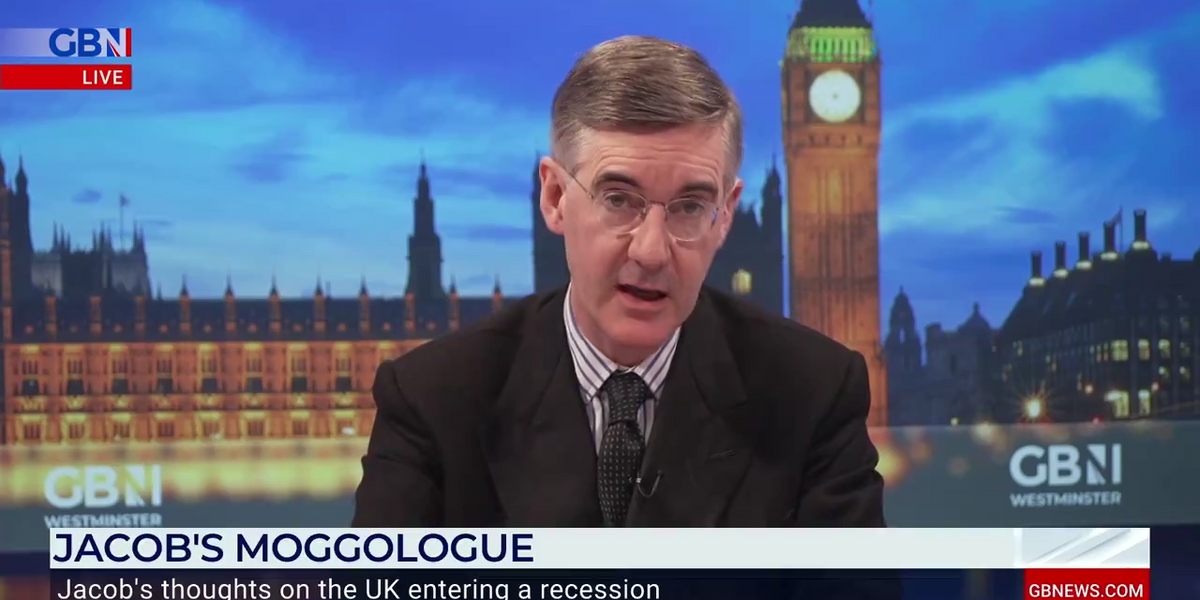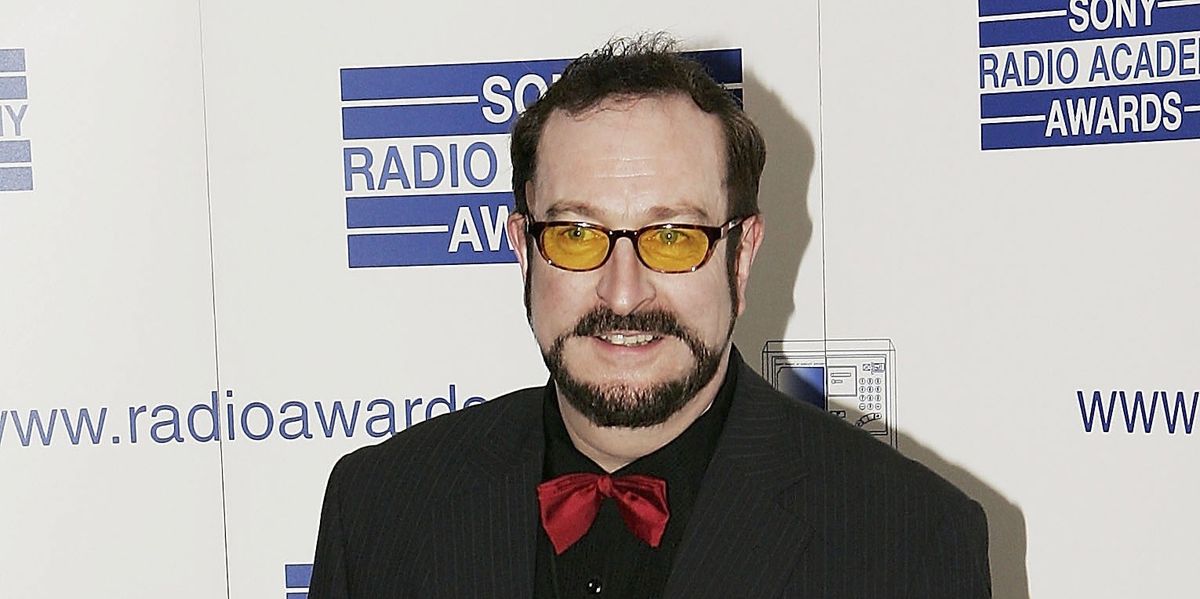
If you’ve tried to watch an episode of Clarkson’s Farm or stream Saltburn on Prime Video lately, you will have had to watch adverts. These short ad breaks, usually no more than 30-seconds apiece, appear before — and during — whatever you’re watching on Prime Video following their introduction to the UK in early February.
It’s a dramatic shake-up for the Amazon-owned streamer, which has been ad-free since it launched a decade ago. Unlike rivals Disney+ and Netflix, which introduced more affordable subscriptions with the introduction of adverts, Prime Video remains at the same £5.99 per month cost.
It’s also included as part of the annual Amazon Prime membership, which costs £8.99 per month or £95 per year. As well as Prime Video, the membership bundles next-day delivery on thousands of items, unlimited photo back-up, music streaming, and Kindle ebooks.

Prime Video has a library of popular TV shows, documentaries, and blockbuster films — everything is available to watch in 4K Ultra HD picture quality, but you’ll have to put up with a few ad breaks
AMAZON PRESS OFFICE
If you want to stop adverts ruining your next boxset binge-watch or movie night, Amazon will remove all ad breaks for an extra £2.99 per month. This fee applies to those who have subscribed to Prime Video as a standalone subscription as well as Amazon Prime members.
It’s worth noting that paying the extra £2.99 fee will not remove promotional trailers for upcoming shows, documentaries, and films coming soon to Prime Video. However, unlike ad breaks, these trailers will never interrupt your content once it’s started and can be skipped.
Anything watched on Amazon’s second streamer, known as FreeVee, will contain ad breaks. This service, which originally launched under the brand name IMDbTV, is completely ad-supported, so you won’t need a Prime Video or Amazon Prime account to watch.
To remove adverts on your desktop PC, go to Amazon.co.ukand click on Account & Lists in the top right-hand corner of the screen. Select Your Account > Go Ad Free > Start Subscription.
If you want to upgrade your plan on the Prime Video app on Amazon’s popular Fire TV streaming boxes, Smart TV, game consoles, or set-top boxes like Apple TV and Chromecast with Google TV, then you’ll need to launch the app, then go to Settings > Prime.
Select Go Ad Free > Start Subscription, and the advertisements will vanish.
You’ll be charged the extra £2.99 fee to the credit or debit card saved to your account.
LATEST DEVELOPMENTS
The arrival of adverts for Prime Video subscribers is part of a wide trend across the industry. Disney+ launched a more affordable ad-supported tier at the end of last year. Priced at £5.99 per month, it’s £2 cheaper than the previous one-size-fits-all ad-free subscription.
Netflix kickstarted the trend with the arrival of its first ad-supported tier in late 2022, which has surged in popularity following the streamer’s recent crackdown on password-sharing between friends and family members, it confirmed during its latest earnings call.
With so many services that launched as ad-free subscriptions now squeezing ad breaks into your favourite shows and films …it can feel like the golden age of streaming is well and truly behind us.
24World Media does not take any responsibility of the information you see on this page. The content this page contains is from independent third-party content provider. If you have any concerns regarding the content, please free to write us here: contact@24worldmedia.com
Latest Posts

Nigel Farage threatens NatWest with court proceedings to resolve debanking scandal


Amazon delivery driver ‘desperate’ for toilet smashed head on into car

Ricky Norwood set for ITV Dancing on Ice axe as dance expert exposes worrying ‘narrowing down’ trend


HMRC to give hundreds of thousands of households a £300 tax-free payment from today

The culpability for this recession must surely lie with the Bank of England

BBC The Apprentice viewers slam ‘awkward editing’ as contestant cut from spin-off show

BBC to air Steve Wright’s final Top of The Pops appearance amid backlash for treatment of late star

I point the finger of blame far more at the Bank of England than the government on recession